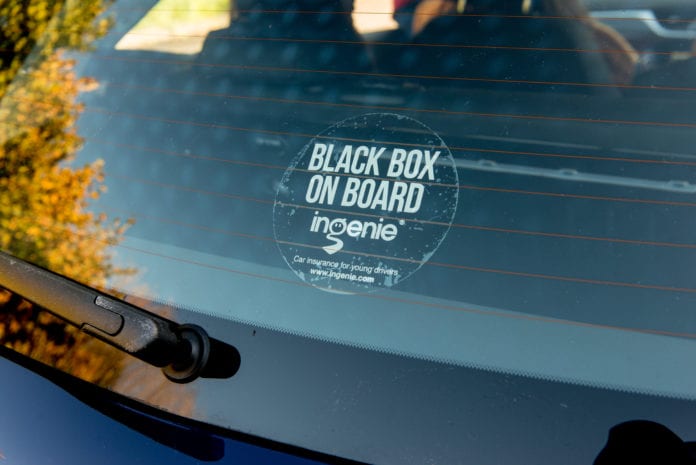Black box insurance monitors how you drive, and over time your premium adjusts depending on your driving. The better you drive, the less you pay. But telematics insurance isn’t necessarily the solution for all new drivers. If you are asking yourself, “Should I get a black box?” you’ve come to the right place…
What are the advantages of black box insurance?
- Cheaper insurance for most young drivers. Telematics policies usually work out more affordable than conventional cover, especially if you are a careful driver.
- Feedback on your driving. Knowing what you are doing right and wrong can help you to drive better.
- Rewards and special offers. Some insurers offer vouchers and gifts as well as a reduced premium if you drive well.
- Proof you were driving within the speed limit. If you are involved in a collision, the telematics data can help prove you were driving legally.
- Finding a stolen car. If someone nicks your car a black box can help track it down.
are the disadvantages of telematics insurance?
- Curfews. Some policies don’t allow driving late at night and in the early hours of the morning, because these are times when crashes are more likely.
- Penalties for night driving. Rather than a curfew, other policies count night driving as ‘bad’ driving. So if you are asking yourself “Should I get a black box?” and you regularly work nights, telematics insurance might not be for you.
- Limited mileage. Policies usually ask you to estimate your annual mileage. If you forget and drive further than you expected, your premium will go up.
- Bad driving costs money. Accelerate hard, brake late, and corner fast, and your insurer will know all about it. Ignore any negative feedback and your insurance cost could go up.
So, should I get black box insurance for my car?
If you need to drive at night, or have to travel long distances regularly, black box car insurance may not be right for you. But for the majority of new drivers, it helps make insurance more affordable and improves driving standards. What’s not to like about that?



